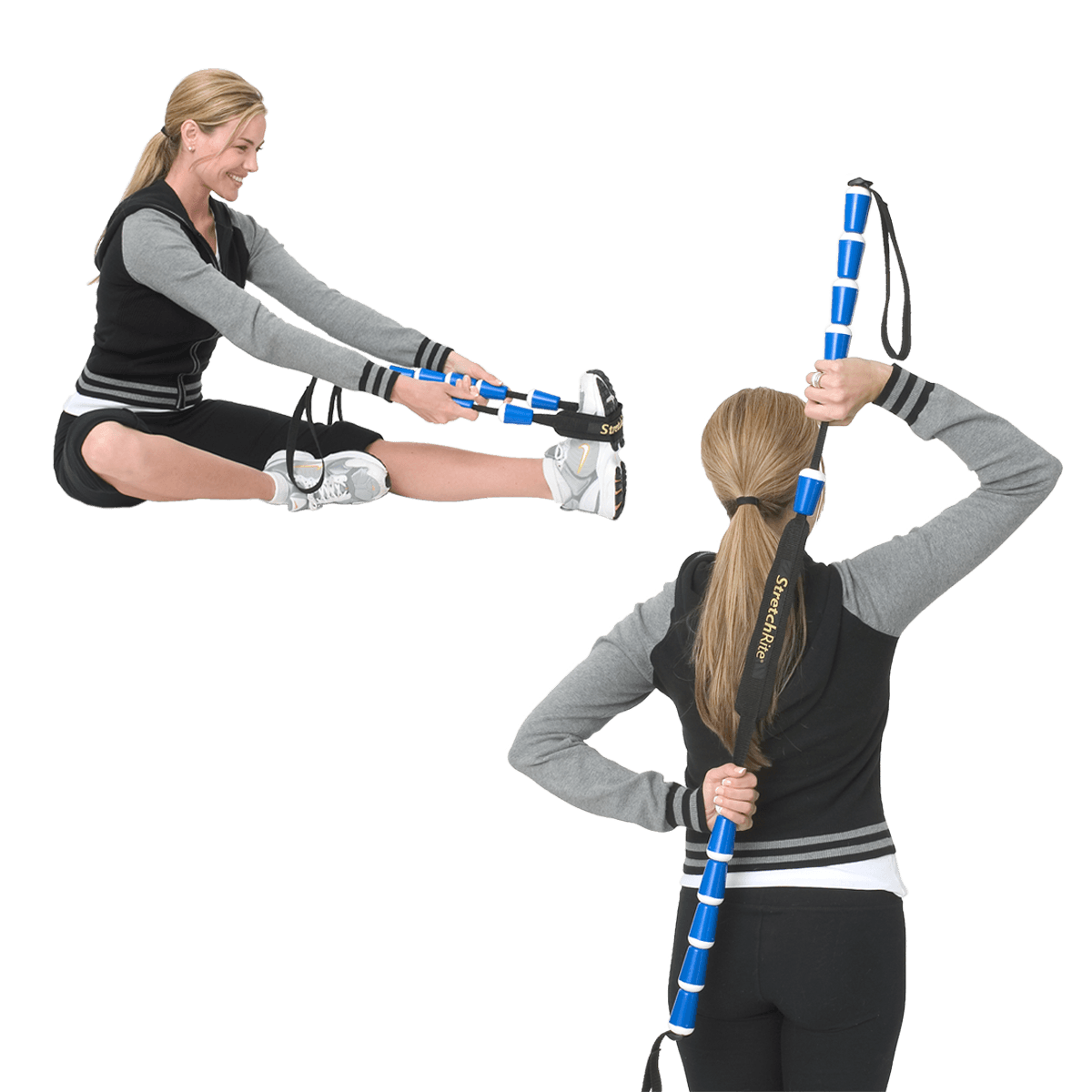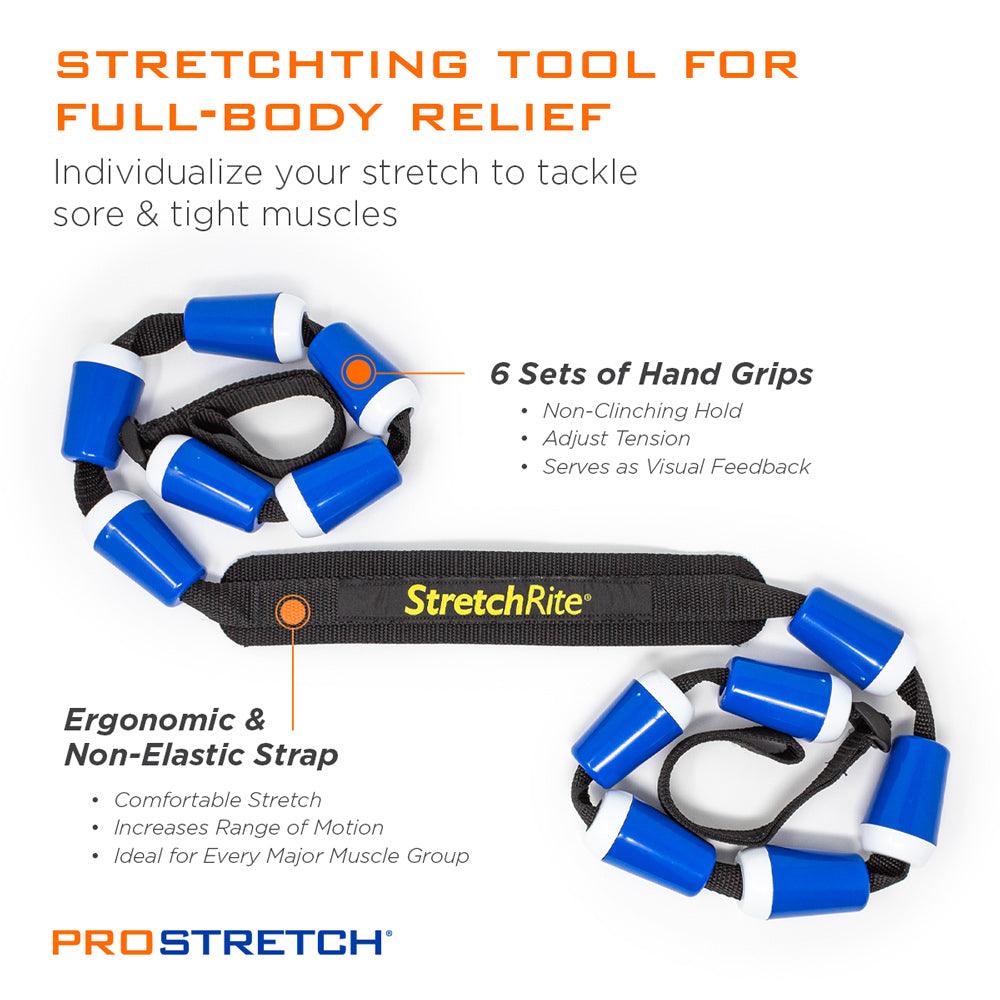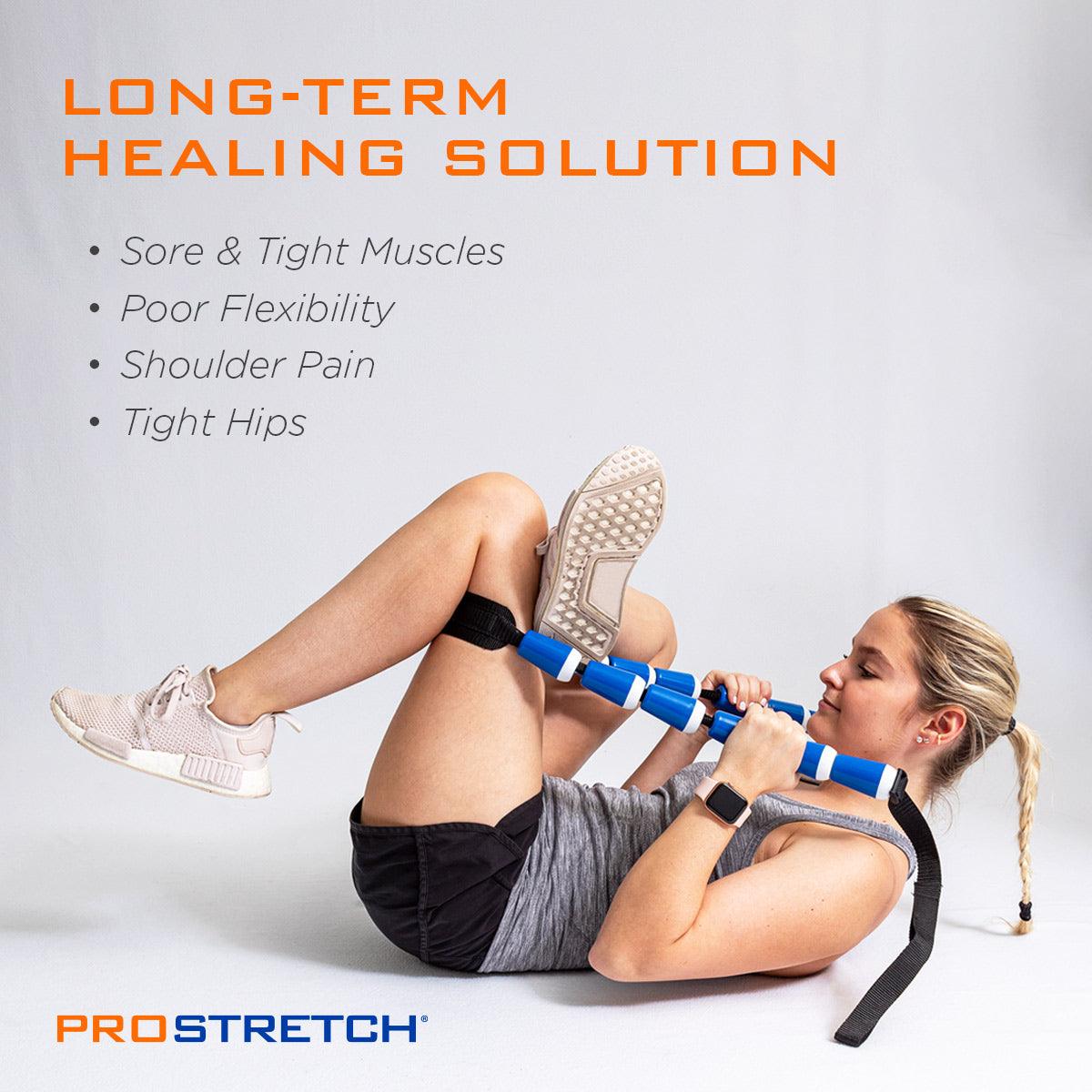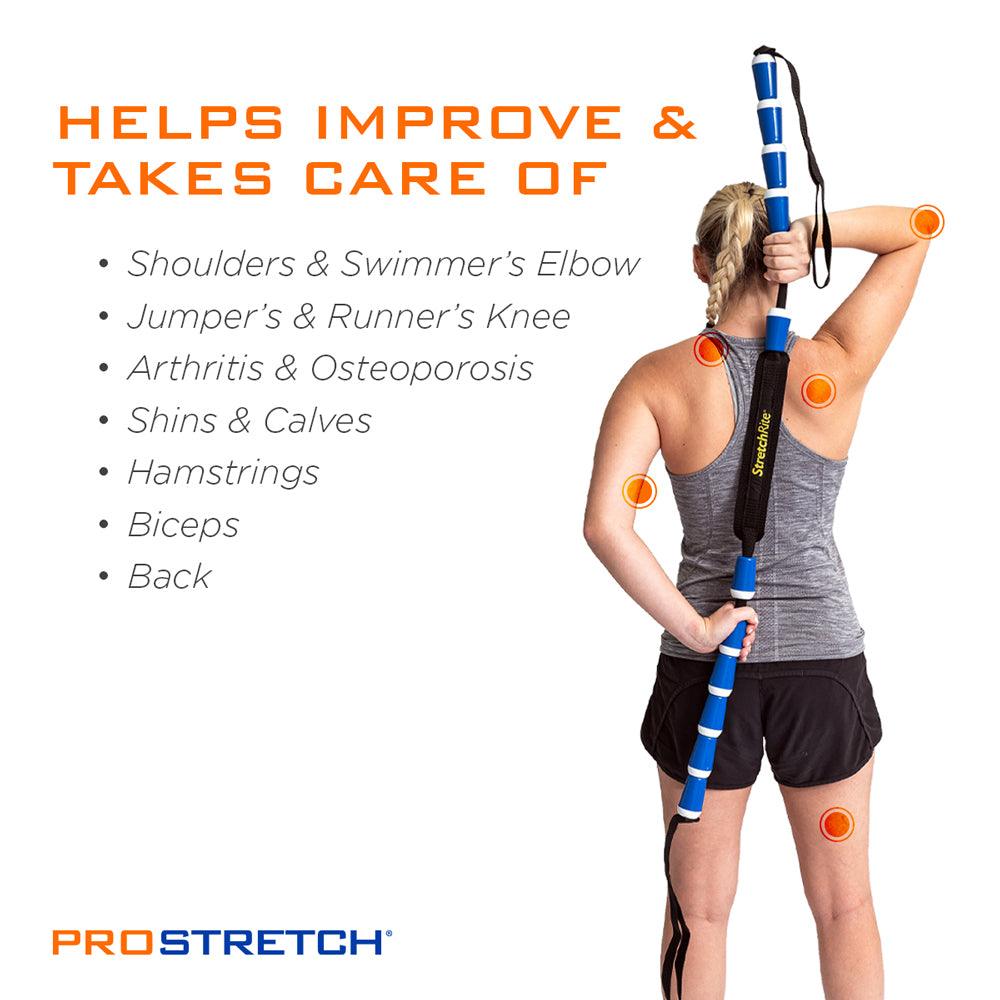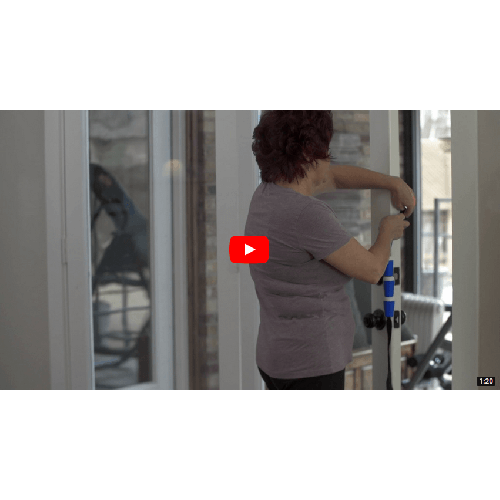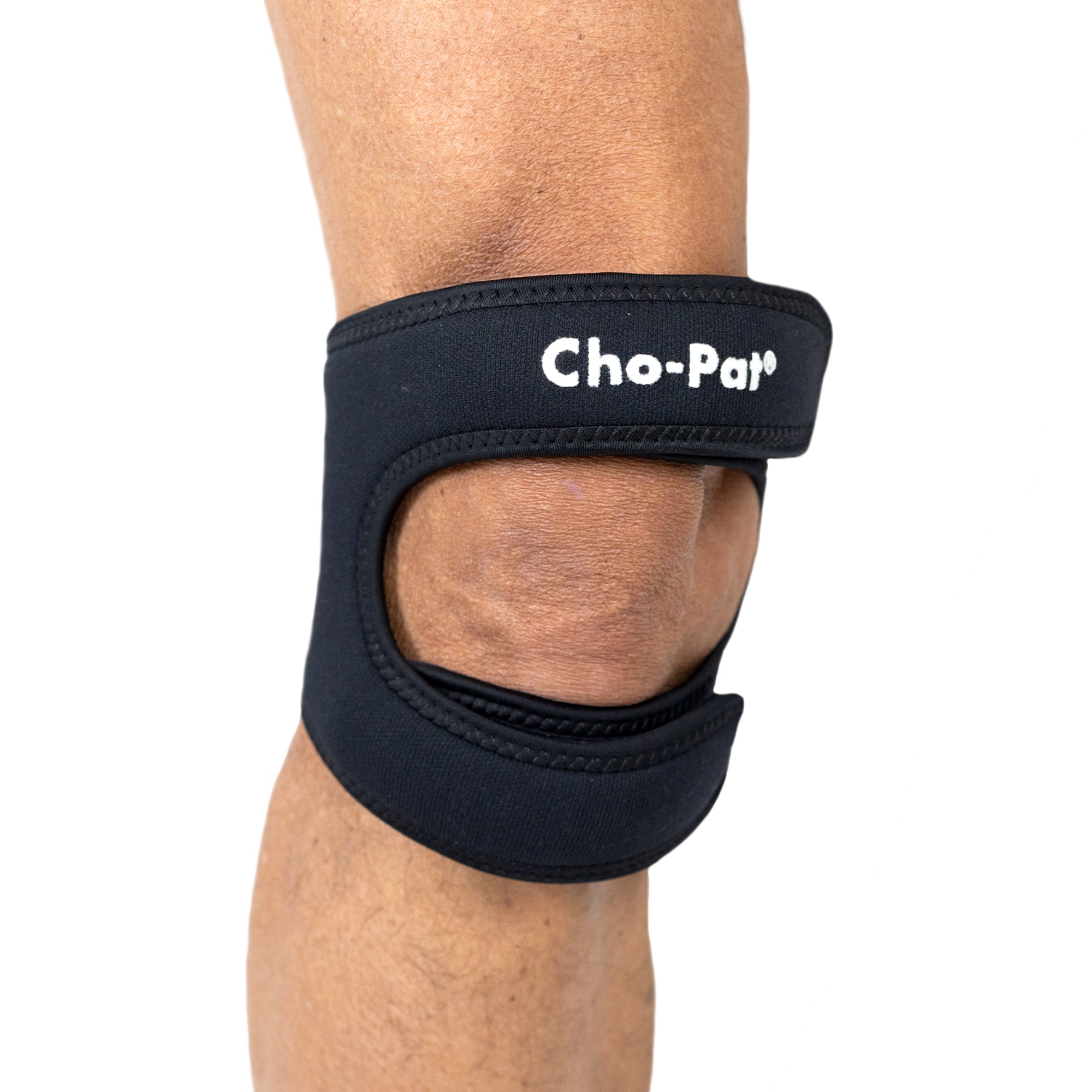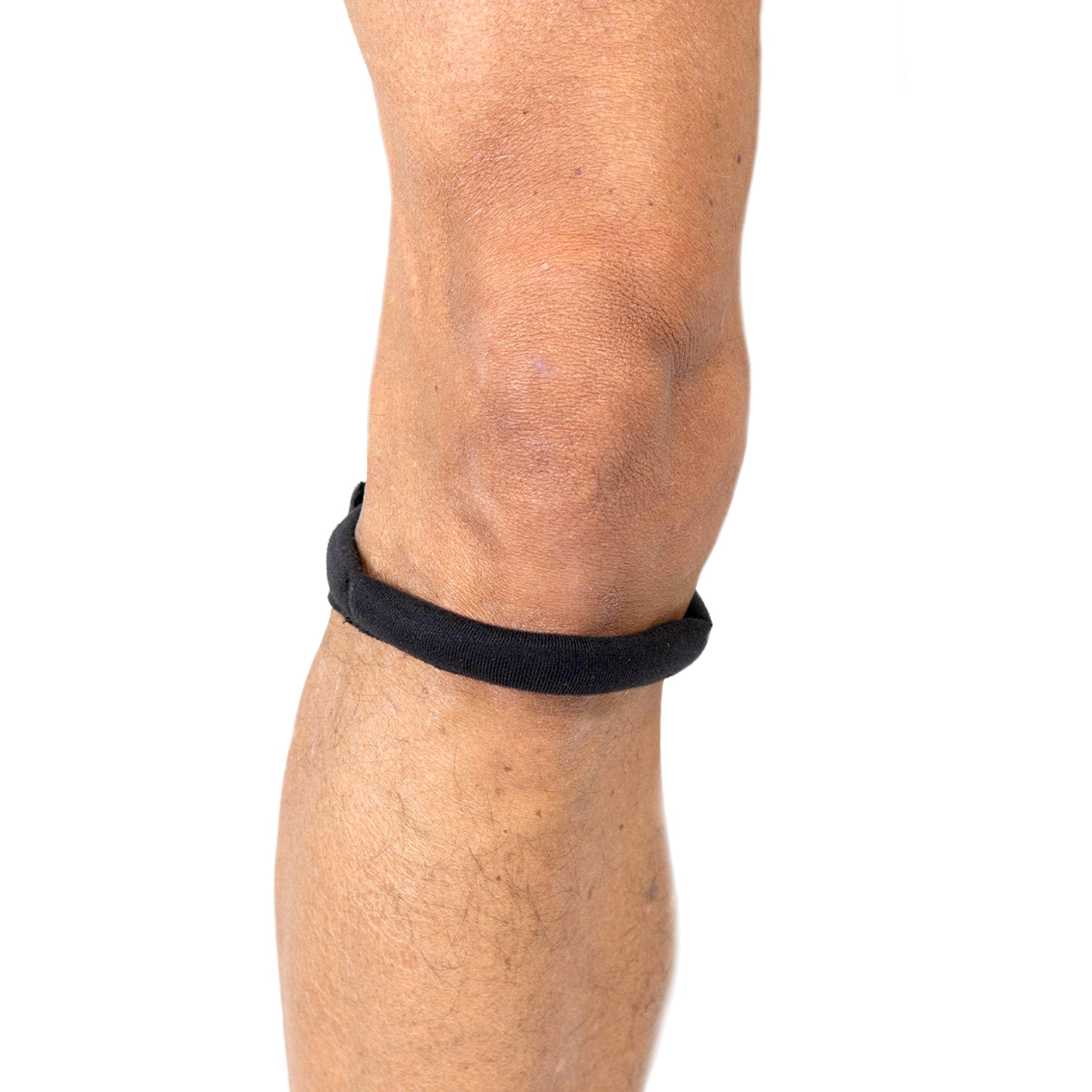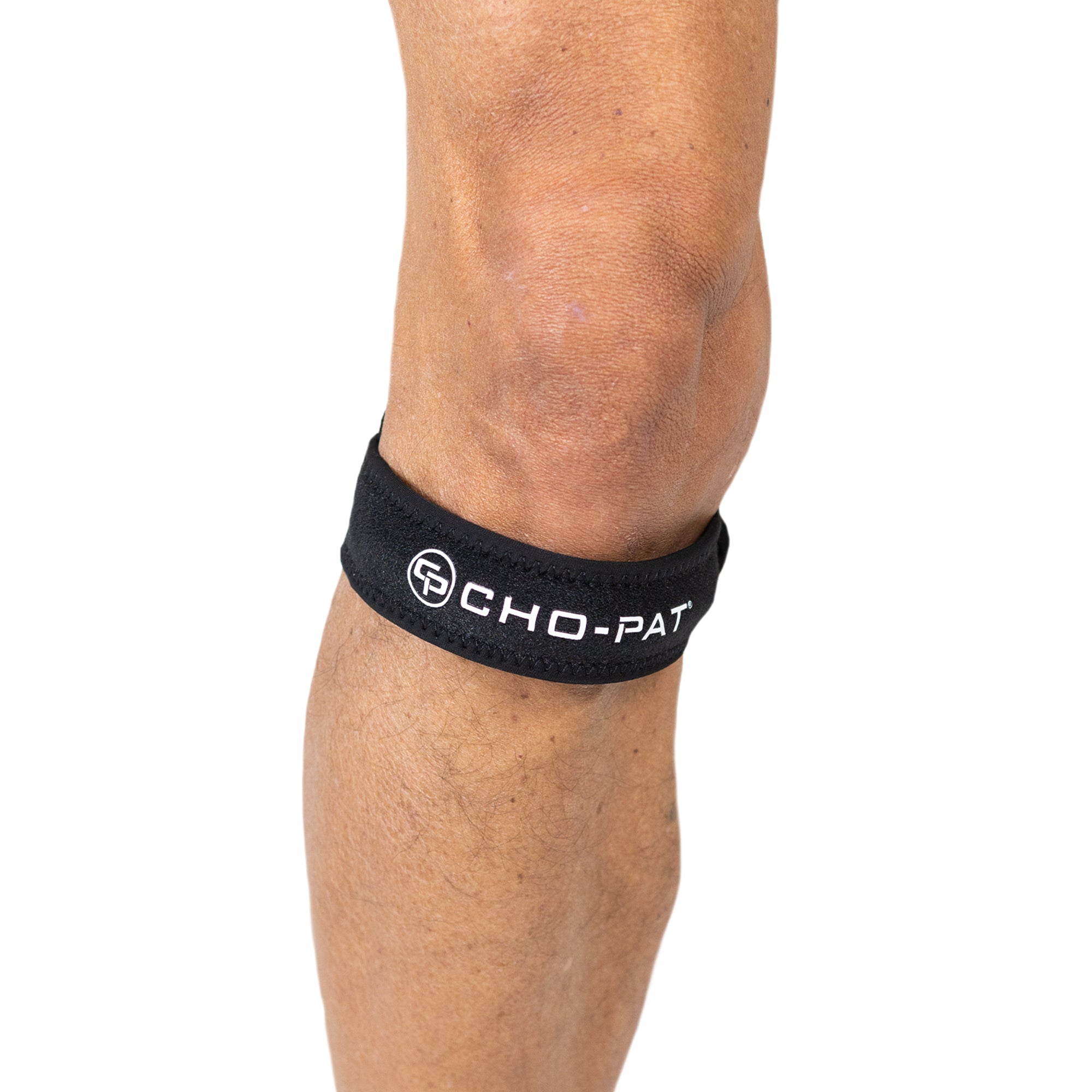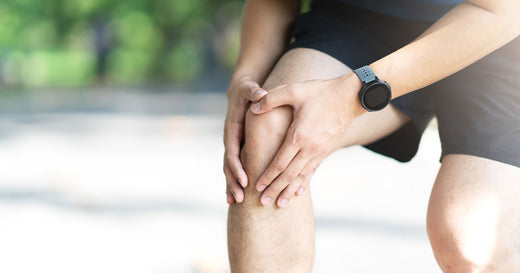If you suffer from patellar tendonitis, it is essential to do some patellar tendonitis exercises in order to strengthen the leg and improve flexibility in the muscles and tendons. Doing patellar tendonitis exercises will increase the recovery rate of the condition, allowing you to enjoy the activities you have always enjoyed, without feeling the pain.
- Understanding Patellar Tendonitis
- Stretching Exercises Using StretchRite by Medi-Dyne
- Stretching Exercises You Can Do at Home for Patellar Tendonitis
- How to Prevent Patellar Tendonitis?
Understanding Patellar Tendonitis
Patellar tendonitis typically develops from repetitive stress on the knee joint, especiall for those who prticipate in activities with a lot of jumping, running, or sudden changes in direction. Sports like basketball, volleyball, and soccer are often linked to the development of patellar tendonitis. The repeated strain on the patellar tendon causes tears in the tissue, therefore, leading to inflammation and pain.
Common symptoms include pain just below the kneecap, stiffness, and tenderness in the knee area. The Patellar Tendonitis pain may start as a mild discomfort during physical activity but can worsen over time if left untreated. Early recognition and management of patellar tendonitis are crucial to avoid more serious complications.
Stretching Exercises
When participating in patellar tendonitis exercises, be sure that you protect the patellar tendon and surrounding area with the Cho-Pat® Dual Action Knee Strap. They will allow you to participate in proper patellar tendonitis stretches without the risk of further damage.
Some common patellar tendonitis stretches that you can do to alleviate pain and encourage healing are:
Stretching Exercises Using StretchRite by Medi-Dyne
StretchRite® Stretching Strap is a versatile tool designed to assist with various stretching exercises, making it easier to target specific muscles effectively. Here’s how you can use StretchRite to relieve patellar tendonitis:

Shin Stretch
- Using the StretchRite®, perform a shin stretch.
- Lay on your back with the knees bent and the soles of the feet on the floor.
- Slowly raise the injured leg up into the air, keeping the knee slightly bent.
- Drape the StretchRite® around the ball of the foot and hold onto the handles with each hand.
- Gently push with the ball of the foot until you feel a good stretch along the shin.
- Hold for 30 seconds, release, and repeat 5-10 times.

Quad Stretch
- Lay on your side with the injured leg on top.
- Bend the injured leg back so the foot is aiming for the head.
- Drape the StretchRite® around the top of the foot, holding the handles both with your top hand, which should reach up and back, behind your head.
- Gently pull down on the StretchRite® until you feel a gentle stretch in your quads.
- Hold for 30 seconds, release, and repeat 5-10 times.
Stretching Exercises You Can Do at Home for Patellar Tendonitis
Quadriceps Stretch
Stretching your quadriceps can relieve tension in the patellar tendon, reducing pain and improving flexibility.
- Stand upright, hold onto a wall or chair for balance.
- Bring your heel towards your buttocks.
- Gently pull it closer until you feel a stretch in your thigh.
- Hold for 30 seconds, then switch legs.
Calf Stretch
This stretch targets the calf muscles, which are connected to the tendons around the knee, helping to relieve tightness and prevent strain on the patellar tendon.
- Stand straight facing a wall and place one foot in front of the other.
- Place your hands on the wall at shoulder height.
- Keep the back leg straight and bend your front knee, pressing your heel into the ground.
- Hold for 30 seconds, then switch legs.
Hamstring Stretch
Loosening your hamstrings reduces strain on the knee, improving overall mobility and reducing pain.
- Sit on the floor and legs straight in front of you.
- Reach forward towards your toes, keeping your knees slightly bent if needed.
- Hold for 30 seconds.
Hip Flexor Stretch
Tight hip flexors can contribute to improper knee alignment, leading to more stress on the patellar tendon. Stretching these muscles can help reduce this stress.
- Kneel on one knee with the other foot in front of you, forming a 90-degree angle.
- Lean forward, stretching the hip of the back leg.
- Hold for 30 seconds, then switch sides.
How to Prevent Patellar Tendonitis?
Knowing how to prevent patellar tendonitis is perhaps the best tool you will have to avoid unnecessary pain. The first thing to remember for how to prevent patellar tendonitis is to stop when you feel pain in the patellar tendon. When participating in sports that put pressure on the patellar tendon, wear the Cho-Pat® Dual Action Knee Strap to provide support to the area. Always do patellar tendonitis stretches before and after activities that put strain on the patellar tendon.
Conclusion
By incorporating these stretching exercises and preventive measures into your routine, you can effectively manage and reduce the risk of patellar tendonitis. For additional support, try our weak knee exercise plan—it’s great for tendon health.
PLEASE NOTE: The information on this website and article is for information only and should not be used as a substitute for consulting your doctor. Consult your doctor for proper diagnosis and rehabilitation.





